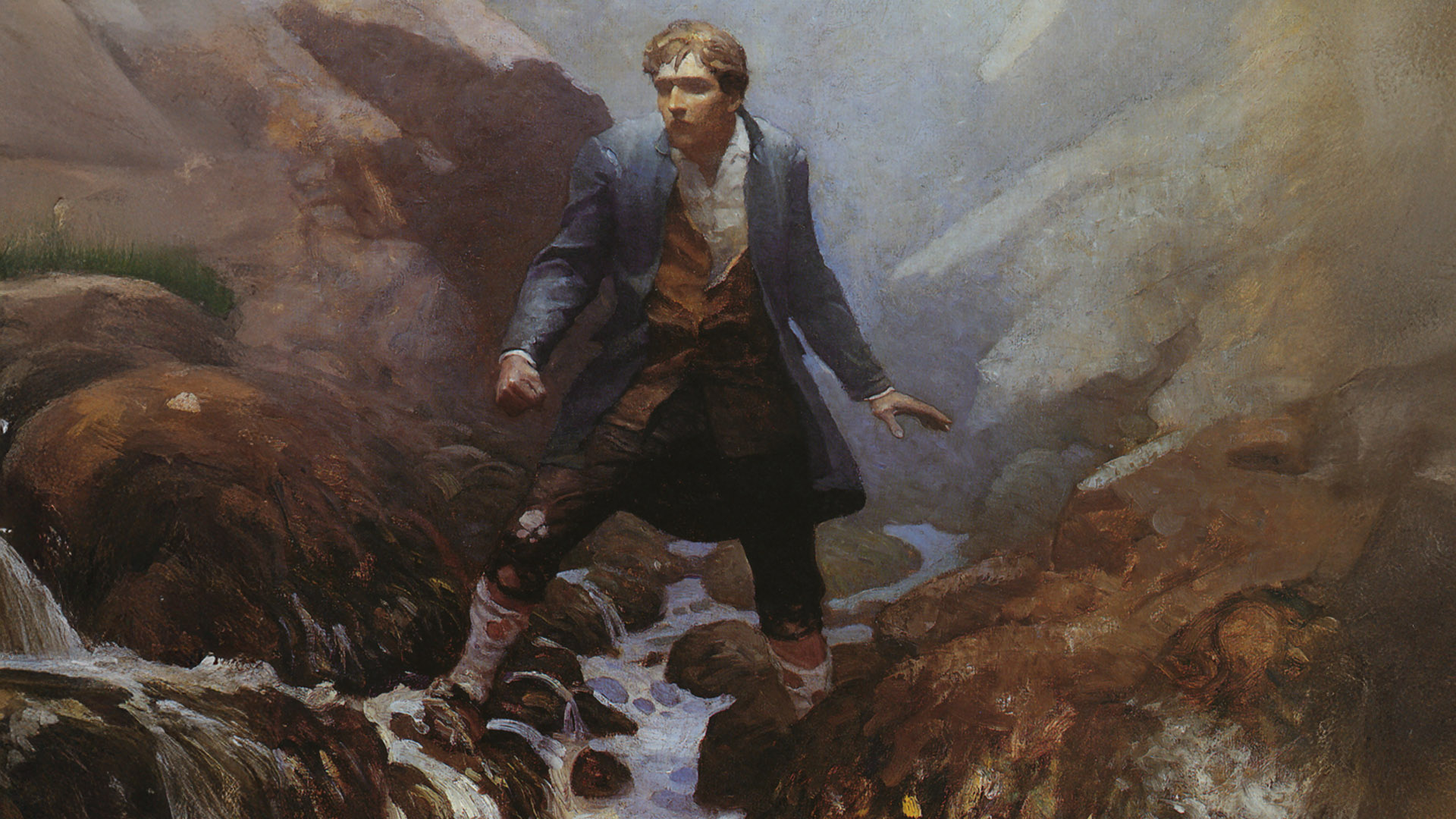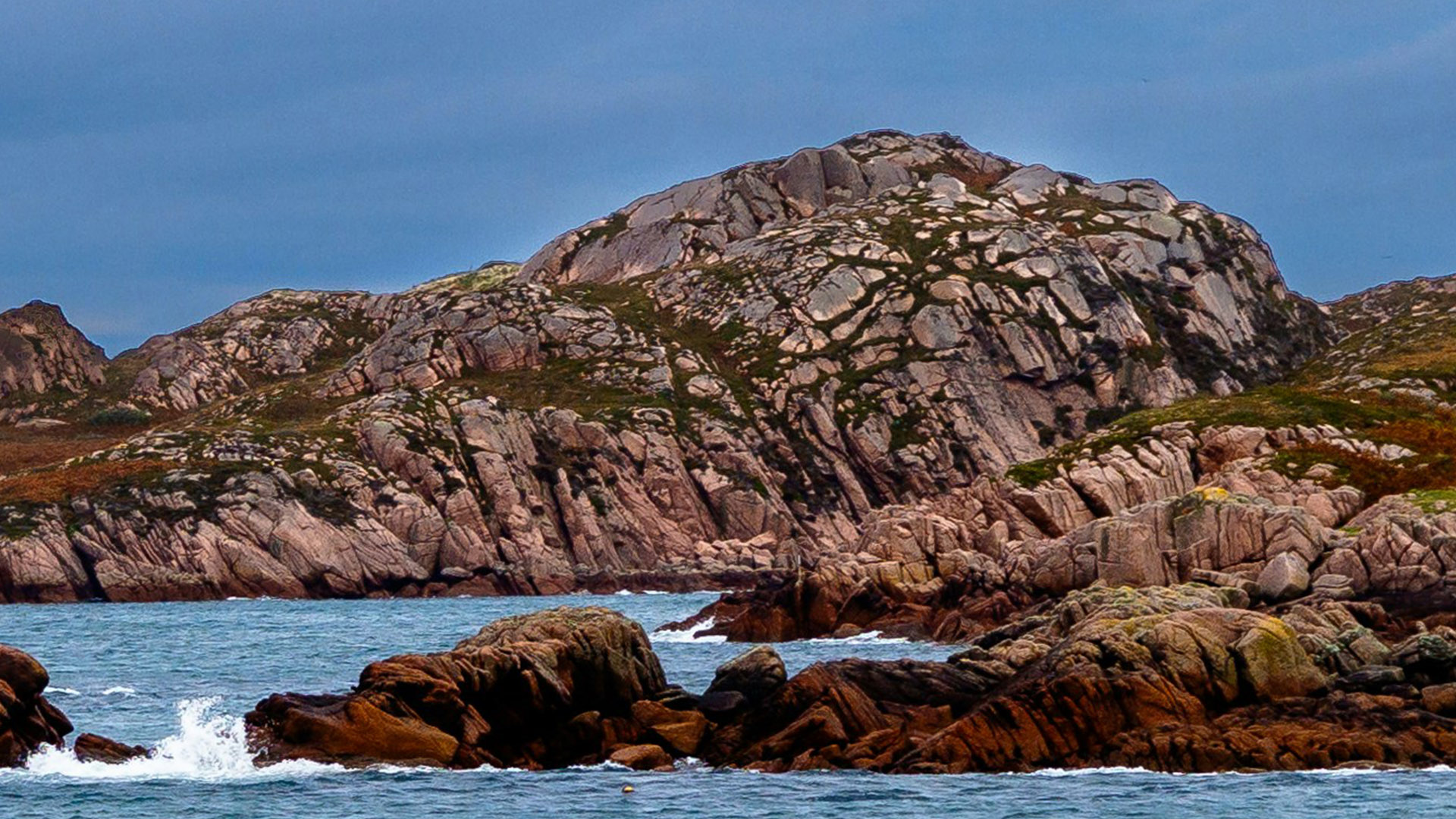
Cottages constructed by the Northern Lighthouse Board circa 1872
Image Attribution W. L. Tarbert – Own work, CC BY-SA 3.0, Link
Erraid, a small island just off the southwest tip of the Ross of Mull, is a place where history, nature, and a unique way of life converge. Connected to Mull by a sandy beach at low tide, this approximately one-square-mile island is more than just a beautiful landscape; it’s a living story. Despite its rugged charm, Erraid surprisingly enjoys one of the driest and sunniest spots on the western Scottish seaboard. Join us as we explore what makes this tidal gem so special.
A Journey Through Time: The Rich History of Erraid
Erraid’s story stretches back millennia, with evidence of human occupation dating to the early Christian age, and possibly even earlier.
Ancient Beginnings:
- Archaeological findings on the island include a Bronze Age burial cairn and probable Bronze Age house foundations.
- An Iron Age Dun (fort) and medieval “black house” foundations also dot the landscape, alongside a network of old walls thought to be field boundaries, cattle pens, or even the remains of ancient “beehive huts.”
Norse Rule and Monastic Influence:
- Around 1058, Norse settlers were driven out, and for the next 500 years until the Reformation in 1560, Erraid, like much of the western Ross of Mull, was held by Iona Abbey.
The Lighthouse Era and Robert Louis Stevenson:
- The mid-19th century brought significant change when Erraid became the shore station for the construction of the Dubh Artach Lighthouse, located amidst the treacherous Torran Rocks. Stones for the lighthouse were quarried directly on Erraid.
- The famous Scottish lighthouse engineers, the Stevenson family, including Thomas Stevenson (father of Robert Louis Stevenson), were central to this project.
- Robert Louis Stevenson himself frequently visited Erraid during this period. The island deeply inspired him, becoming the setting where his hero, David Balfour, is shipwrecked in his renowned novel, “Kidnapped.” Stevenson fondly recalled his time here in “Memories and Portraits.” The existing cottages, quay, and outbuildings on Erraid were built to house the lighthouse construction workers.
- After the lighthouse’s completion, Erraid continued as the shore station for Dubh Artach and later Skerryvore lighthouses, with cottages serving as homes for keepers’ families and a school for their children.
- By the 1950s, with lighthouse mechanization, the station closed, and Erraid’s cottages lay abandoned for many years.

On the Island of Earraid, a 1913 oil painting by N. C. Wyeth for an illustrated version of Kidnapped.
Life on Erraid Today: The Findhorn Community
In 1978, a group of families from the Findhorn Foundation in Morayshire purchased the Erraid Trust, initiating a new chapter for the island. Their aim was to establish a self-sufficient, ecologically minded community focused on spiritual growth, sustainable living, and hosting guests. Today, Erraid continues to operate under these principles, offering a unique opportunity for visitors to experience communal life, participate in daily island tasks, and engage in workshops and retreats. It’s a place where modern ideals of sustainability meet ancient traditions of island living, making Erraid a truly special and inspiring destination.
Nature’s Canvas: Flora, Fauna, and Geological Wonders
Wildlife Haven:
- Birds: The island is a designated Site of Special Scientific Interest (SSSI) for its ornithological importance. Birdwatchers can spot a wide array of species, including various seabirds nesting on its cliffs, such as fulmars, shags, and gulls. Inland, raptors like buzzards are often seen soaring overhead.
- Marine Life: The surrounding waters are teeming with life. Common and grey seals are frequent visitors, often seen basking on the rocks. Lucky observers might spot otters, porpoises, or even dolphins and whales further offshore.
Plant Life:
- The island’s diverse habitats support a rich variety of flora, from hardy coastal plants tolerant of salt spray to wildflowers flourishing in sheltered spots. The changing seasons bring different colours to the landscape, from the vibrant greens of spring to the purple hues of heather in late summer.
Geological Marvels:
- Erraid is predominantly composed of striking pink granite, which was extensively quarried in the 19th century for lighthouse construction. This granite gives the island its distinctive colour and rugged character, particularly visible along its dramatic coastline with its rocky outcrops and secluded coves.

Pink Granite Rocks
Visiting Erraid: A Unique Island Experience
Access:
- Erraid is a tidal island, accessible by foot from Fionnphort on Mull at low tide. It’s crucial to check tide times carefully and allow ample time for crossing. The causeway is clearly marked.
Accommodation & Participation:
- The Erraid community welcomes guests who wish to participate in island life. Accommodation is typically in simple, comfortable cottages, and visitors are often invited to join in daily tasks like gardening, cooking, or maintaining the island.
- Workshops and retreats focusing on spiritual development, sustainable living, and various holistic practices are regularly offered.
Activities:
- Walking & Hiking: Explore numerous trails that criss-cross the island, leading to stunning viewpoints, secluded beaches, and historical sites.
- Nature Observation: Ideal for birdwatching, seal spotting, and simply enjoying the serene natural environment.
- Relaxation & Reflection: The island’s peaceful ambiance makes it perfect for meditation, reading, or simply unwinding.
Erraid is more than just a destination; it’s an opportunity to step back in time, connect with nature, and experience community living in a truly unique setting.

